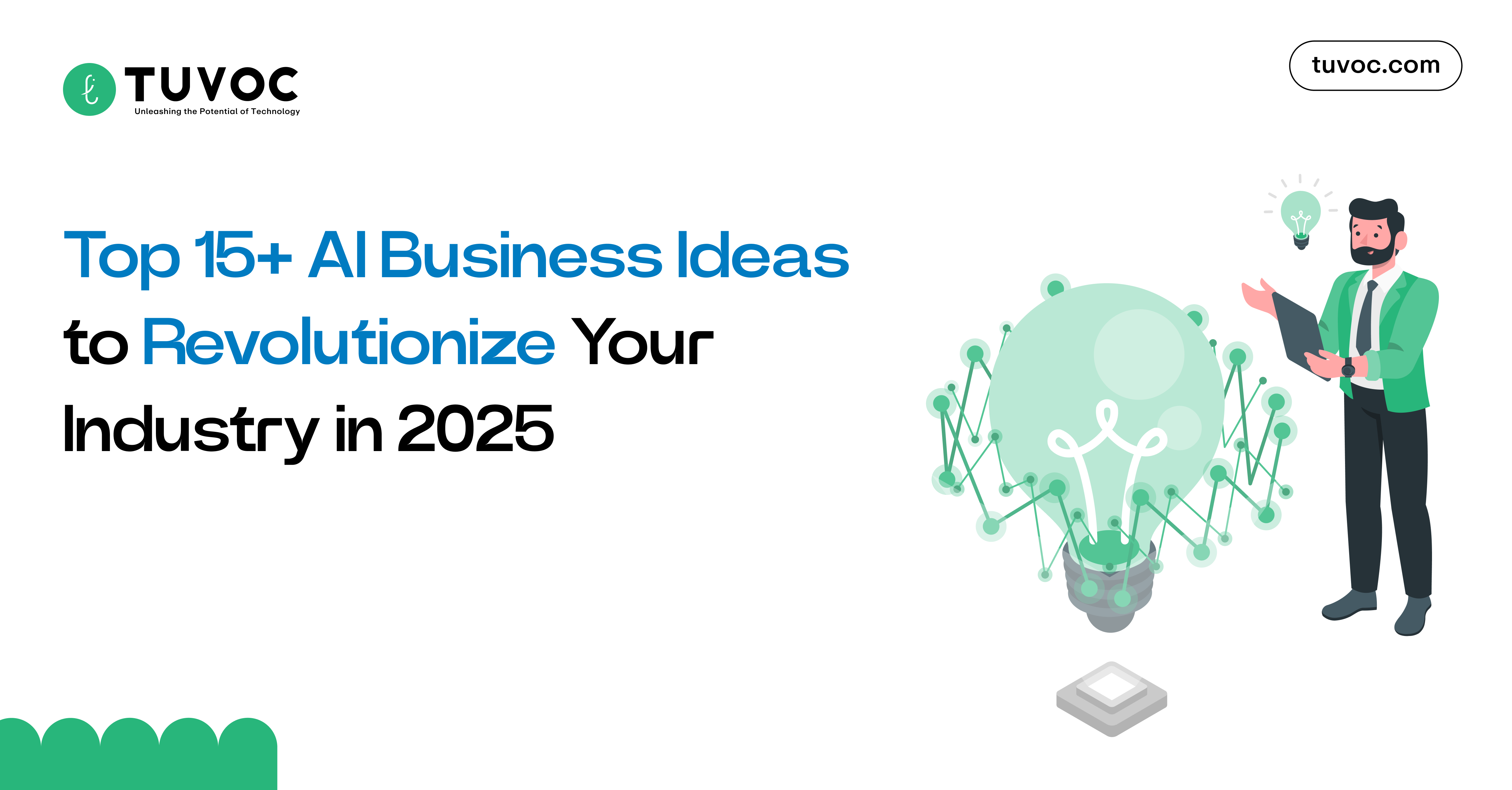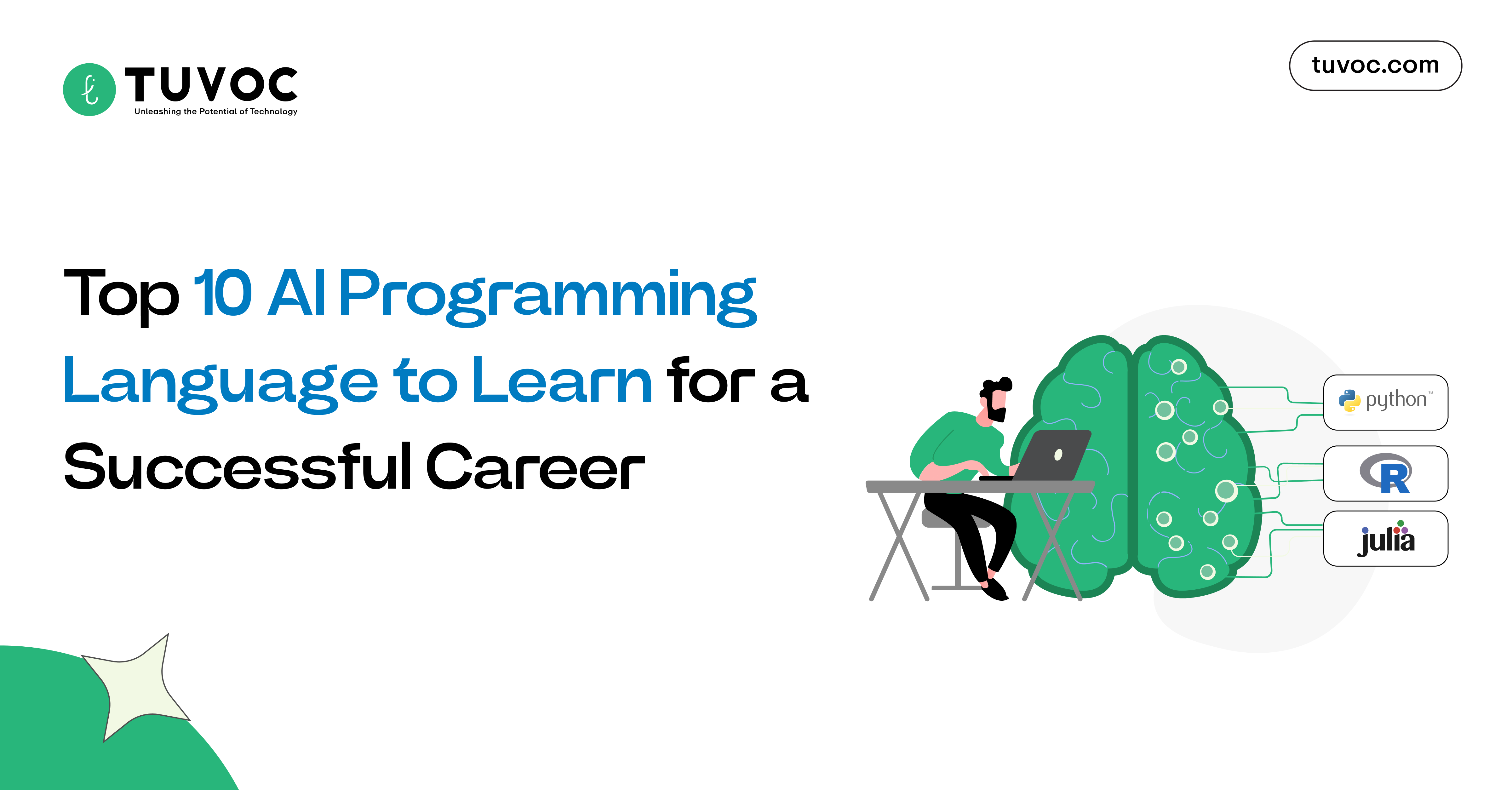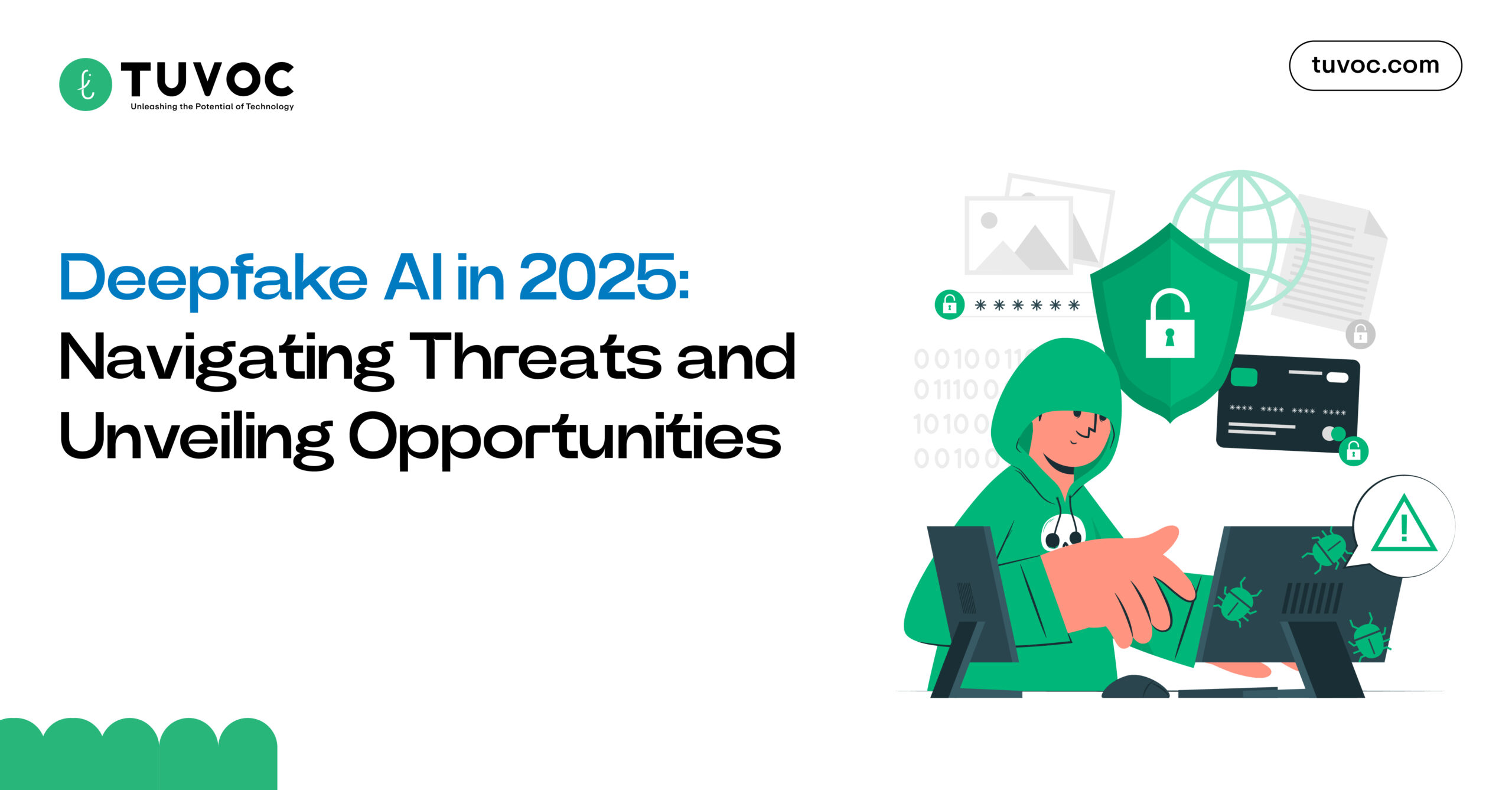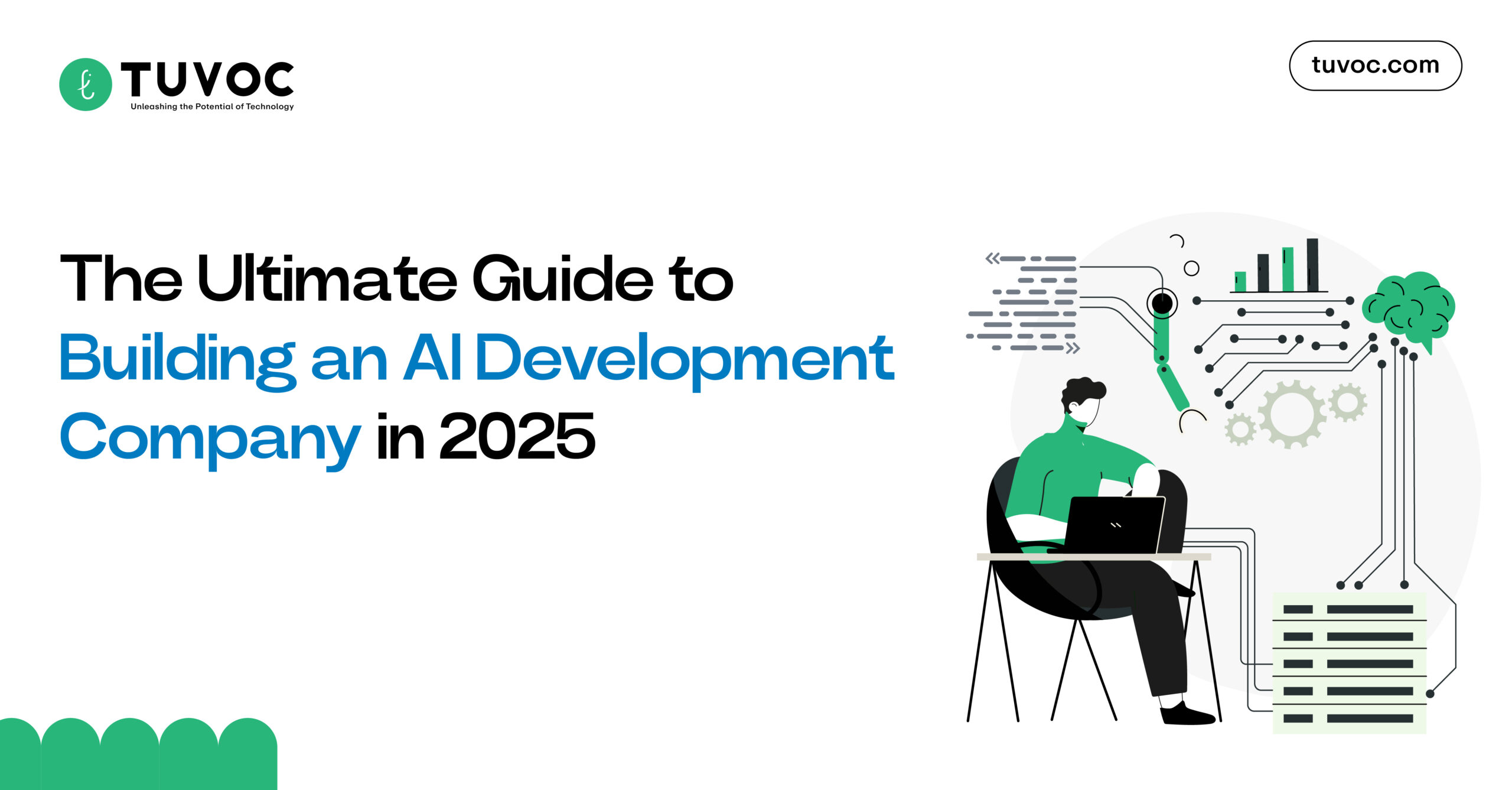How to Build an AI Chatbot: A Step-by-Step Guide for Modern Businesses
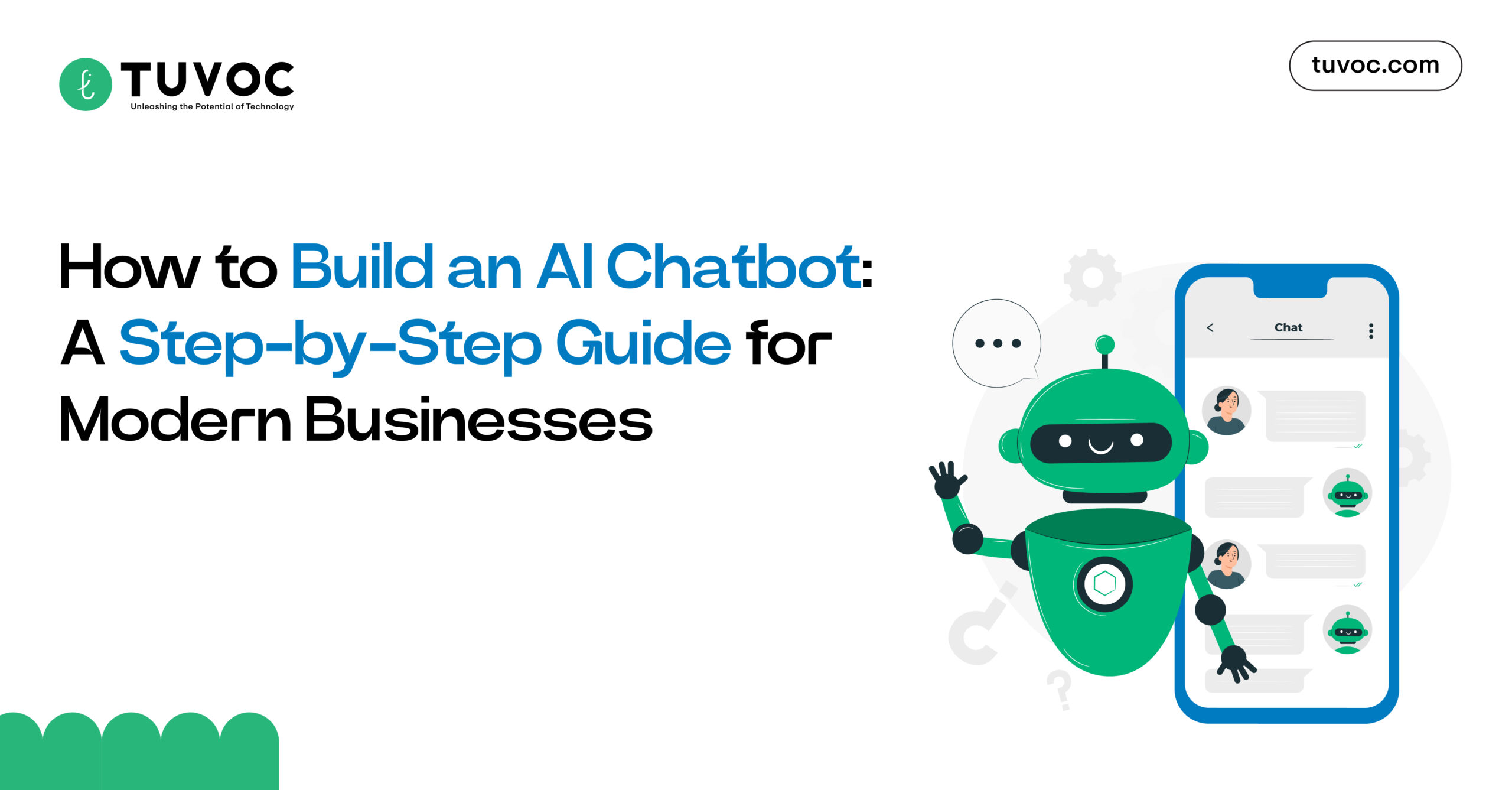
There is no denying that the AI chatbot market is booming right now, especially, and businesses are trying to capitalize on these innovations to upscale their customer service and drive growth. With the global chatbot solutions market projected to reach new heights, companies are investing more and more in the AI chatbot development to streamline operations and uplift user experiences. At Tuvoc Technologies, a premier AI Chatbot Development Company, we are not just passionate about delivering cutting-edge AI chatbot development services but also want to set new standards in machine learning applications and Natural Language Processing Solutions.
Our detailed guide is created as a step-by-step guide to building an AI chatbot. From selecting the right chatbot platform to leveraging the best AI chatbot tools for chatbot analytics and chatbots for lead generation. In this guide, let us walk you through the ins and outs of each phase of the process, while naturally building the latest trends and techniques in AI Chatbot Trends and innovations.
Why AI Chatbots Matter
AI chatbots are no longer just some futuristic sci-fi concept; they are now more of essential tools that enhance user engagement and drive tangible business outcomes. Here’s why:
- Market Growth: The increase in AI has been crazy, and with that increase in AI chatbot development has increased as well and it is fuelling market expansion, with millions of dollars generated through machine learning algorithms and generative AI solutions that allow chatbots to offer more human-like responses.
- Industry Adoption: More than 80% of companies, including many of the major players in healthcare, retail, and even finance, have embraced these AI conversational agents to automate responses and optimize NLP for Business Automation.
- User Engagement: With Natural language processing in chatbots, companies can and have delivered personalized experiences, ensuring that every conversation feels intuitive and engaging. This results in more improved customer satisfaction and loyalty, which are critical for chatbots for lead generation.
At Tuvoc Technologies, we not only stay ahead of the curve in AI chatbot development guide strategies but also help our clients harness these trends to maximize business impact.
Top Tools for AI Chatbot Development
Building an intelligent chatbot requires leveraging the right mix of technology and innovation. Below are some of the top tools for AI chatbot development that we at Tuvoc Technologies trust to deliver excellence:
| Tool | Key Features |
|---|---|
| Chatbase | No-code development, AI-driven conversations, and detailed chatbot analytics. |
| Dialogflow | Seamless machine learning algorithms integration, multi-language support, and Google Cloud compatibility. |
| IBM Watson Assistant | Advanced Natural Language Processing Solutions for enterprise-level applications. |
| Microsoft Bot Framework | Cross-platform compatibility, Azure integration, and robust language understanding. |
| Rasa | Open-source framework offering extensive customization and powerful machine learning chatbot frameworks. |
These best AI chatbot tools not only accelerate development but also provide a solid foundation for scalable chatbot development platforms.
Comprehensive Guide to AI Chatbot Models
The backbone of any robust chatbot is its model. All of the current chatbots are built using advanced AI chatbot models that leverage generative AI solutions and machine learning applications to continuously learn from user interactions.
- Generative AI: Empowers chatbots to produce a more human-like response and adapt to more diverse scenarios, making every conversation feel natural.
- Machine Learning Algorithms: Enhance chatbots by analyzing data patterns, which allows for personalized and context-aware responses.
- Natural Language Processing in Chatbots: Integral for deciphering user intent, ensuring that interactions remain seamless and efficient.
This comprehensive guide to AI chatbot models equips developers with the knowledge to select the most effective model, whether you’re building a rule-based system or an AI-driven conversational agent.
Step-by-Step Guide to Building an AI Chatbot
Creating an effective chatbot is a structured process. Here’s our step-by-step guide to building an AI chatbot that outlines each critical phase:
- Identify the Type of Chatbot:
Decide whether to develop a rule-based or AI-driven bot. Align your choice with customer needs and industry demands, a key consideration in how to create an AI chatbot from scratch. - Select a Channel:
Determine where do you want to deploy the chatbot, be it a website, Messenger, or even a mobile app. Our expertise spans across both iOS application development company standards and Android app development services, ensuring a seamless user experience on each device. - Choose the Technology Stack:
Evaluate open-source version versus proprietary options. Ensure that your chosen stack supports robust Natural language processing in chatbots and integrates well with existing systems. - Design the Conversation:
Map out a detailed dialogue path, which is meticulous, and also utilize best practices for AI chatbot design to create an intuitive, engaging, and error-resistant conversational flows. - Train the Bot:
Employ quality datasets to train your chatbot and focus more on refining intent recognition through continuous feedback and machine learning algorithms. - Test the Chatbot:
Conduct thorough user testing to iron out any inefficiencies. Use chatbot analytics to gather insights and optimize performance iteratively. - Deploy and Maintain:
Launch the chatbot and set up continuous monitoring. This proactive approach not only ensures smooth operations but also opens avenues for AI development solutions tailored to evolving market needs.
Best Practices for AI Chatbot Design
Effective chatbot design is a blend of art and science. To build a chatbot that truly resonates with users, consider the following best practices for AI chatbot design:
- Clear Purpose:
Make sure that your chatbot has a well-defined goal that actually aligns with your business objectives. A clear intent simplifies integrating AI in customer service bots. - Concise and Natural Responses:
Strive for consciousness without compromising on clarity. This is important for delivering Natural Language Processing Solutions that feel both human and efficient. - Robust Error Handling:
Build fail-safes that smoothly transition to human intervention when necessary, thereby enhancing overall user experience. - NLP Integration:
Leverage machine learning chatbot frameworks to continuously improve conversational accuracy and context sensitivity.
These strategies will not only elevate user satisfaction but will also underscore our commitment at Tuvoc Technologies to deliver premium AI chatbot development services.
Top Benefits of Chatbots for Businesses
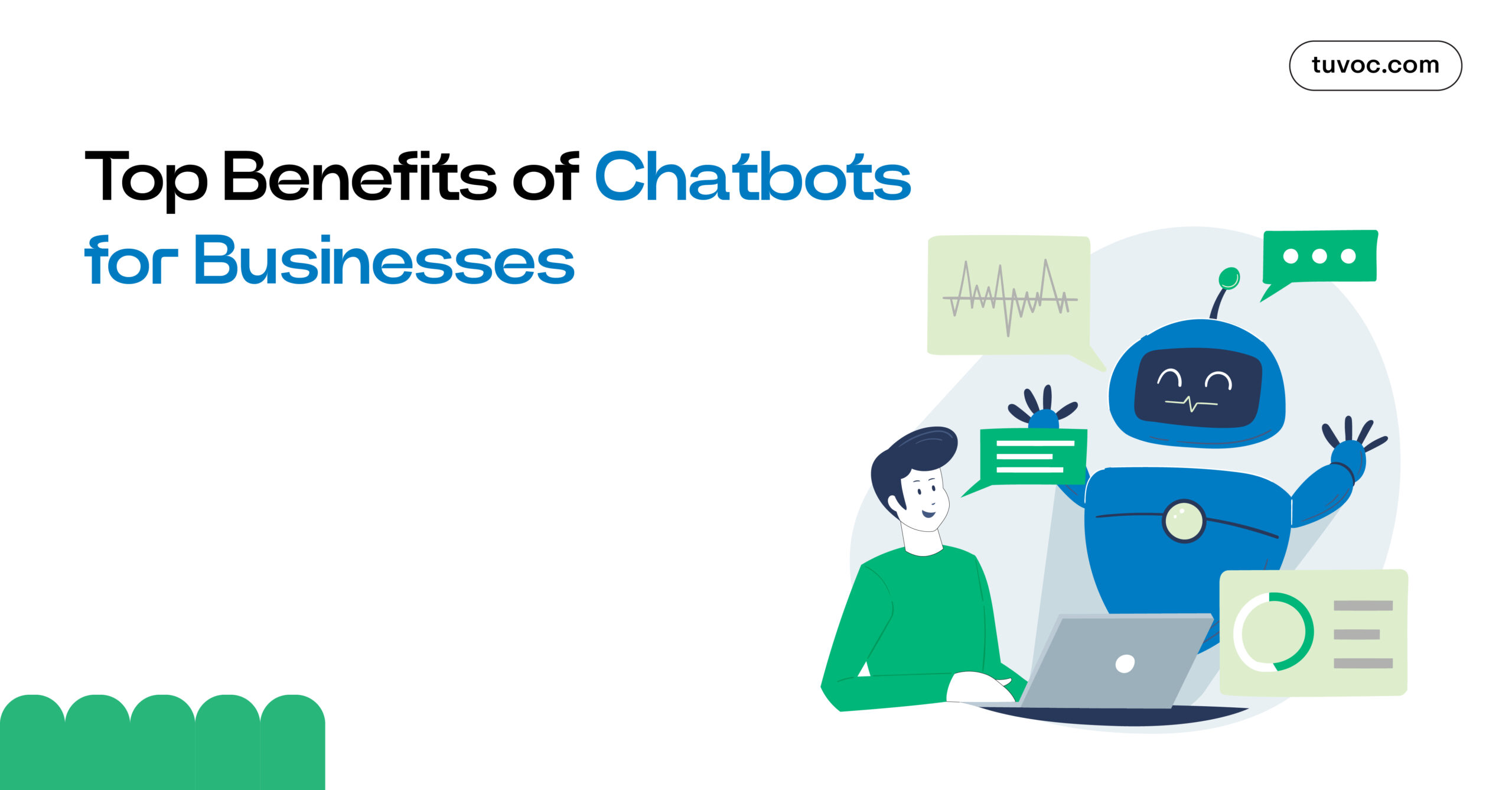
Implementing AI chatbots offers several compelling advantages:
- Lead Generation:
Automate and streamline the lead capture process, resulting in an more improved conversion rates and higher-quality prospects. - Enhanced Customer Service:
With 24/7 availability, chatbots significantly boost customer satisfaction and first-call resolution rates. This is particularly important for businesses looking to offer NLP for Business Automation. - Increased User Engagement:
By delivering personalized and timely responses, AI chatbots enhance user engagement and foster customer loyalty. - Cost Efficiency:
Reducing the need for round-the-clock human support translates into considerable cost savings over time.
These are among the top benefits of Chatbots for businesses that make them an indispensable tool in the modern digital landscape.
AI Chatbot Trends and Innovations
The whole AI chatbot field is evolving at a great pace in 2025. With the global market rapidly expanding and new technological breakthroughs driving smarter and more autonomous interactions, businesses are increasingly depending upon these chatbots not just for customer support but also for deeper and better engagement and operational efficiency.
1. Emergence of Autonomous AI Agents
One of the most transformative trends is the shift from reactive chatbots to the proactive AI agents. Unlike the traditional systems that merely respond to queries, new agentic solutions can independently execute multi-step tasks. Like for example, For example, xAI’s Grok-3 now leverages “Big Brain” reasoning modes to handle complex problem-solving tasks, marking a significant leap toward fully autonomous agents [ en.wikipedia.org]. Such advancements are laying the groundwork for what industry experts call the “agentic” era, where AI systems learn continuously, anticipate user needs, and seamlessly manage real-world workflows
2. Multi-Modal Capabilities and Enhanced Natural Language Processing
Recent innovations have not only improved text understanding but have also integrated multi-modal inputs, allowing chatbots to process images, audio, and even videos. OpenAI’s GPT-4o, now integrated with real-time web search and image processing, and Google’s upgraded Gemini platform are prime examples. These advancements prove that chatbots can now generate more contextual, relevant responses, perform deep research, and even engage in creative tasks such as generating personalized content.
3. Explosive Market Growth and Economic Impact
The chatbot market is experiencing rapid expansion. Recent forecasts indicate that the market will increase from about USD 8.27 billion in 2024 to over USD 10.32 billion in 2025, reflecting a compound annual growth rate (CAGR) nearing 25% [thebusinessresearchcompany.com]. This growth is attributed to cost savings in customer service, personalized user experiences, and the widespread adoption of AI-driven solutions in sectors like retail, healthcare, and finance. Key contributors to this growth include enhanced personalization, seamless integration with mobile and IoT devices, and better conversational abilities.
4. Vertical-Specific Innovations and Cross-Industry Integration
AI chatbots are becoming increasingly customized to cater to the distinct needs of different industries. For example, in healthcare, sophisticated chatbots assist with scheduling appointments, triaging patients, and following up with them, which lessens administrative workloads and enhances patient care. In the realms of finance and e-commerce, these chatbots not only aid customer support but also promote lead generation and assist with complex transactions. Innovative solutions such as DeepSeek—whose unique approach is already challenging established market leaders in certain areas—illustrate the rising competitive landscape and the potential for AI to transform traditional service frameworks [en.wikipedia.org].
5. Integration with Ecosystems and Expanding Use Cases
The latest tide of chatbots is moving beyond isolated applications to become integral parts of digital ecosystems. Key platforms are incorporating AI features directly into their operating systems and applications. For example, ChatGPT’s new Tasks feature is now linked with web and mobile notifications, while Google’s Gemini is fully integrated into Android and Workspace applications. Additionally, Meta’s advancements in generative AI for WhatsApp chatbots are set to revolutionize customer interactions on one of the world’s largest messaging platforms, potentially unlocking billions in additional revenue. These trends illustrate a wider shift towards “everything apps,” where conversational agents not only enhance user interactions but also boost e-commerce, optimize internal processes, and even handle routine scheduling tasks.
At Tuvoc Technologies, we are at the forefront of these innovations, offering comprehensive AI development solutions that keep our clients ahead of the competition.
Conclusion
Creating a sophisticated AI chatbot is an intricate journey that requires the right tools, expertise, and an unwavering focus on user engagement. Whether you’re exploring how to create an AI chatbot from scratch or looking for advanced machine learning applications in conversational AI, our AI chatbot development guide is designed to help you navigate this dynamic field.
Tuvoc Technologies stands out as a leader in the industry—not only as an AI Chatbot Development Company but also as an experts in iOS application development company services and Android app development services. Our commitment to excellence in AI chatbot development ensures that we deliver solutions that truly enhance user engagement while driving business success.
For more insights on chatbot development platforms, machine learning chatbot frameworks, and integrating AI in customer service bots, contact us today. Let us help you harness the power of intelligent conversations and transform your business with cutting-edge AI development solutions.
By following this guide, businesses can embrace the future of digital interaction and stay ahead in the competitive landscape of AI innovations.
FAQs
Some of the best tools for developing AI chatbots include Chatbase, Dialogflow, IBM Watson Assistant, Microsoft Bot Framework, and Rasa. Each tool offers unique features such as no-code development, machine learning integration, and cross-platform compatibility. Choosing the right tool depends on your specific needs, such as the complexity of the chatbot and the platforms you plan to deploy on.
Choosing the right AI chatbot model depends on your business needs and goals. Rule-based models are suitable for simple, predefined interactions, while AI-driven models use machine learning to handle more complex conversations. Consider factors like the type of customer service you want to provide, the level of personalization required, and the integration with existing systems.
Building an AI chatbot from scratch involves several key steps:
- Identify the Type of Chatbot: Determine if it’s rule-based or AI-driven.
- Select a Channel: Choose platforms like websites, Messenger, or apps.
- Choose the Technology Stack: Evaluate open-source vs proprietary options.
- Design the Conversation: Map out dialogue paths.
- Train the Bot: Use datasets for training.
- Test the Chatbot: Conduct user testing.
- Deploy and Maintain: Launch and continuously monitor performance.
AI chatbots enhance user engagement and customer service by providing personalized and immediate responses to user queries. They can automate routine tasks, offer 24/7 support, and help in lead generation. By integrating AI chatbots into your customer service strategy, you can improve customer satisfaction, reduce response times, and increase user loyalty.
The latest trends in AI chatbot development include the integration of generative AI, which allows chatbots to generate more natural and adaptive responses. There is also a focus on localized AI models, which cater to specific regional languages and preferences. Additionally, advancements in NLP (Natural Language Processing) are enabling chatbots to better understand and respond to complex user queries.
